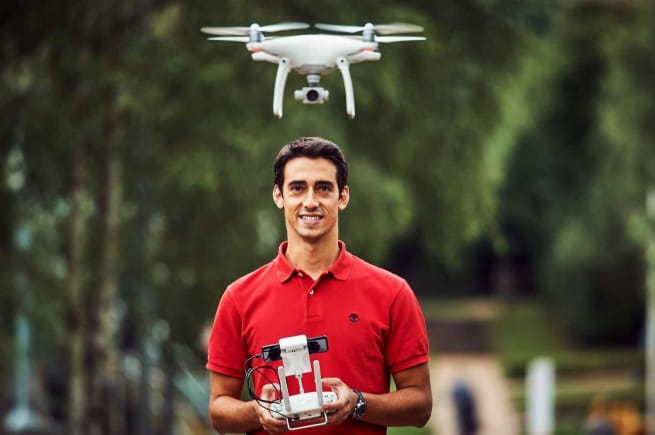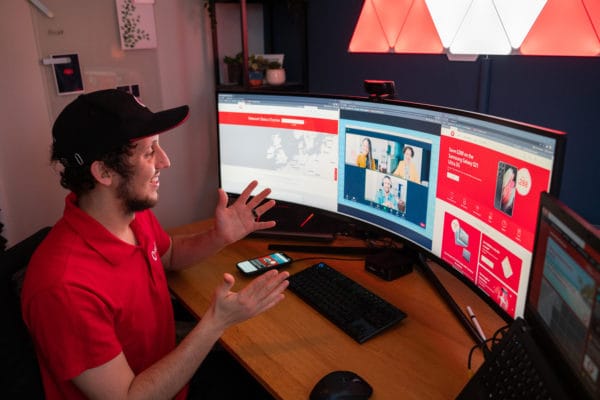The challenges of being the first
Being the ice-breaker for new technology is always a challenge, and has proven particularly so in this case. The biggest hurdle our team has faced is regulation. We need to somehow align a wealth of stakeholders within the highly regulated aerospace ecosystem, which is made more difficult by the fact that this is a rapidly evolving technology.
A lot of work needs to be done on standardisation. One of the main issues is that drones that are equipped with cellular modems are subject to additional regulatory restrictions, as non-terrestrial users are not currently licensed. We are working closely with regulators to allow certain spectrum bands to be used by drones, but we’re not quite there yet.
That’s just one of the many bottlenecks we face in using cellular connectivity to create network-connected drones. A critical piece will be our ability to show regulators that using cellular connectivity can make flights safer than they currently are.
Because of the regulatory confusion and the perceived likelihood of encountering operational liabilities, many companies are reluctant to invest too many resources into network-connected drones. While it is true that potential liabilities are high and responsibilities are not clearly defined as yet, these risks pale in comparison to the incredible upsides of the technology, at least in our team’s view.
There’s something to be said for public perception too. Whenever a new technology is introduced there’s an almost inevitable focus on its negatives over its positives, even if those negatives require some mental gymnastics to conjure up. As the creators and enablers of the technology, all we can do is share what we see to be the endless potential of network-connected drones, and hope that the use cases speak for themselves.
Where do we fly from here?
Despite all the challenges, the future looks bright. I’d like to think that we’re getting close to the widespread use of mobile network data to fly safe, secure and cellular-connected drone missions. 5G has the potential to further enhance network-connected drone capabilities, such as our Cloud Drone concept, which would shift all non-critical functions, like video streaming and real-time image processing, to the cloud.
This technology would enable a significant reduction in size, weight and power consumption, meaning longer flight times. It would bring the ability to make real-time decisions, and to enable dynamic no-fly zones, a critical factor in our regulatory challenges. It would simultaneously improve data privacy and open up data accessibility, and with hardware no longer residing in the drone, new functionalities could be added with ease.
All in all, network-connected drones could be cheaper, lighter, more powerful, and ultimately safer.
From power line inspections to remote drone racing, the potential for cellular-connected drones seems limitless. In some ways it feels like we’re creating the future, and the opportunity to be a part of that is so exciting.
Imagine creating a technology that delivers life-saving healthcare in a fraction of the time. We don’t have to, because that’s what we do every weekday. And you may not have to imagine it either, because we’re currently looking for talented individuals to add to our team.






